Membrane Transporter/Ion Channel
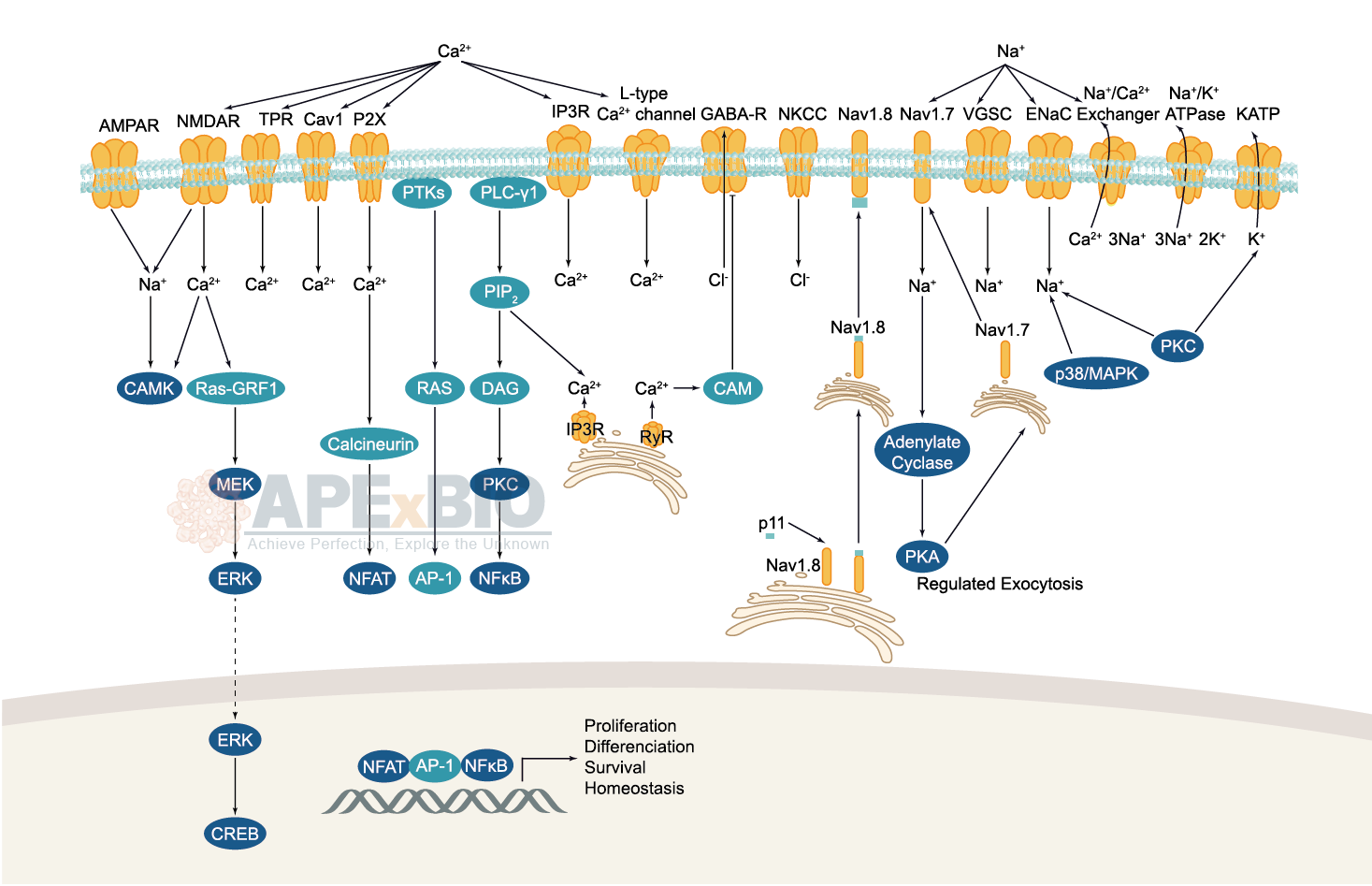
Ion channels are pore-forming membrane proteins which allow the flow of ions across the membrane. The ion channels can be broadly grouped into six families including calcium channels, chloride channels, potassium channels, sodium channels, gap junction proteins and porins. Not all ion channels are gated, such as certain type of K+ and Cl– channels, transient receptor potential superfamily of cation channels, the ryanodine receptors and the IP3 receptors, but most Na+, K+, Ca2+ and some Cl– channels are all gated by voltage. Ligand-gated channels are regulated in response to ligand binding (e.g. neurotransmitters signaling). These ligand-gated neurotransmitter receptors are known as ionotropic receptors. Various neurotransmitters couple to ionotropic receptors such as glutamate, acetylcholine, glycine, GABA, and serotonin.
-
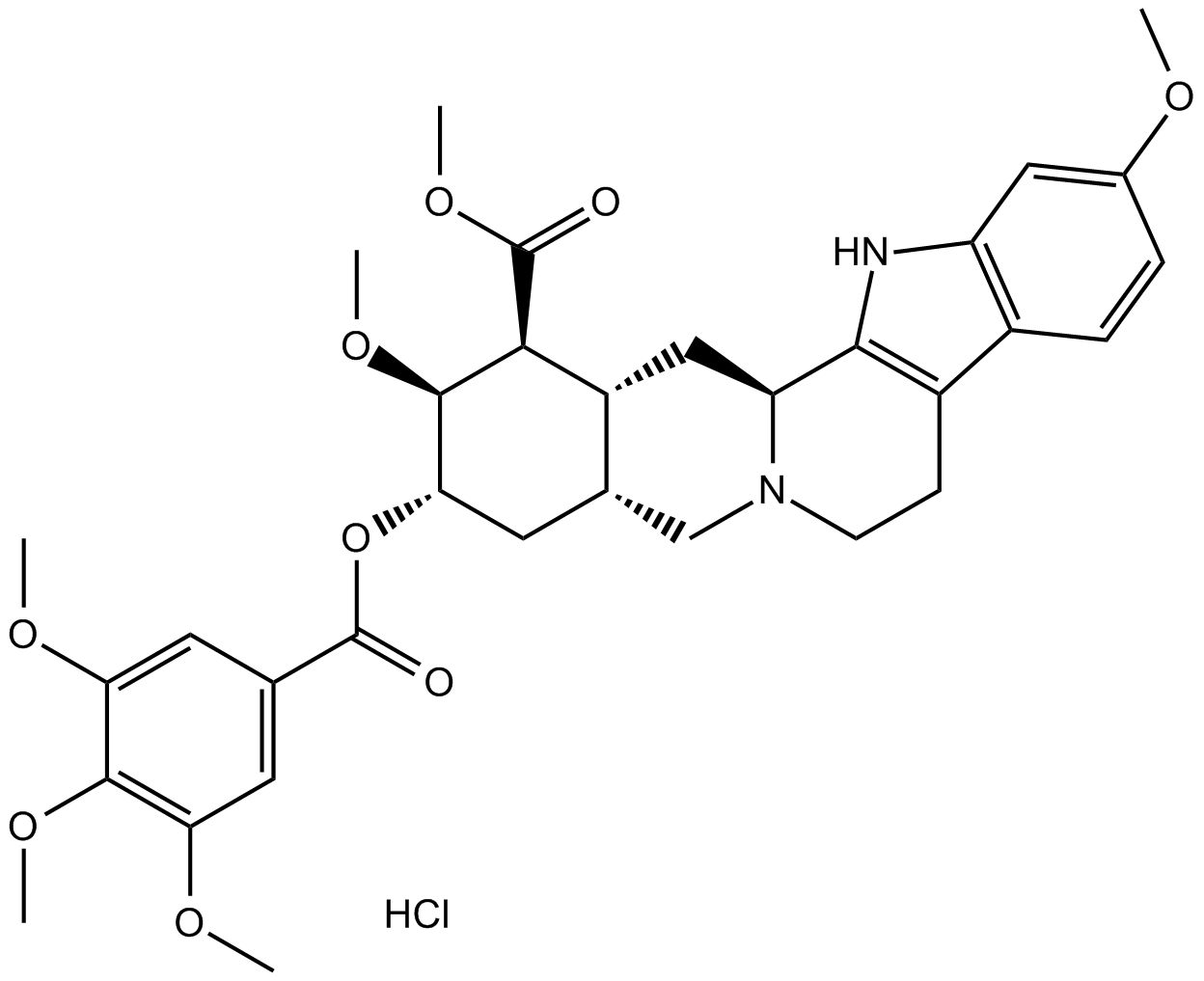 B1270 Reserpine hydrochlorideSummary: Blocker of VMAT
B1270 Reserpine hydrochlorideSummary: Blocker of VMAT -
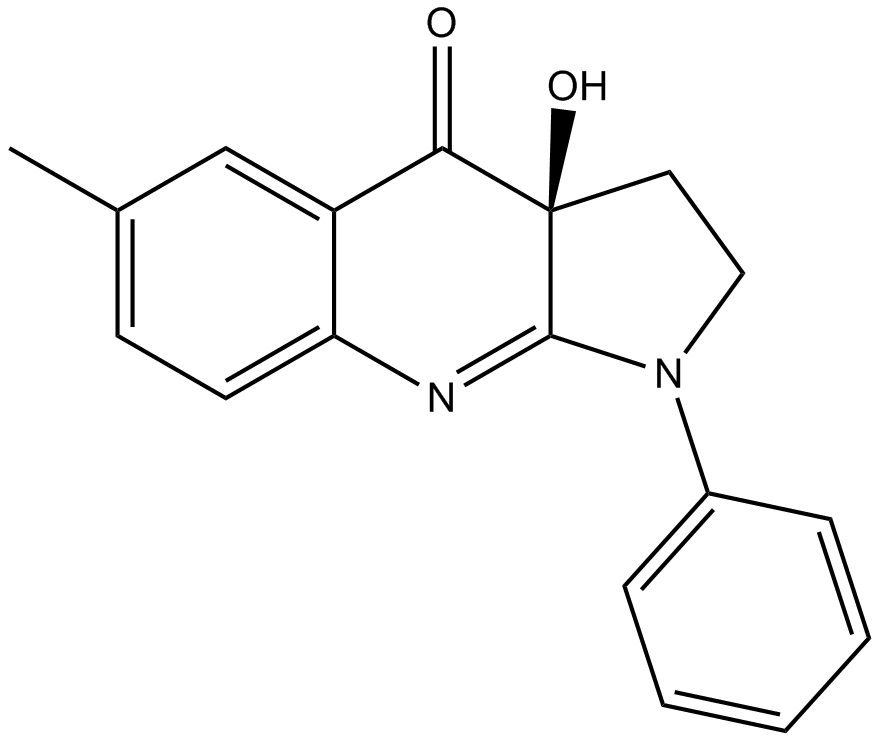 B1387 (-)-Blebbistatin3 CitationTarget: Myosin II ATPasesSummary: non-muscle myosin II inhibitor
B1387 (-)-Blebbistatin3 CitationTarget: Myosin II ATPasesSummary: non-muscle myosin II inhibitor -
 B2267 Ambroxol HClSummary: TTX-resistant Na+ currents inhibitor
B2267 Ambroxol HClSummary: TTX-resistant Na+ currents inhibitor -
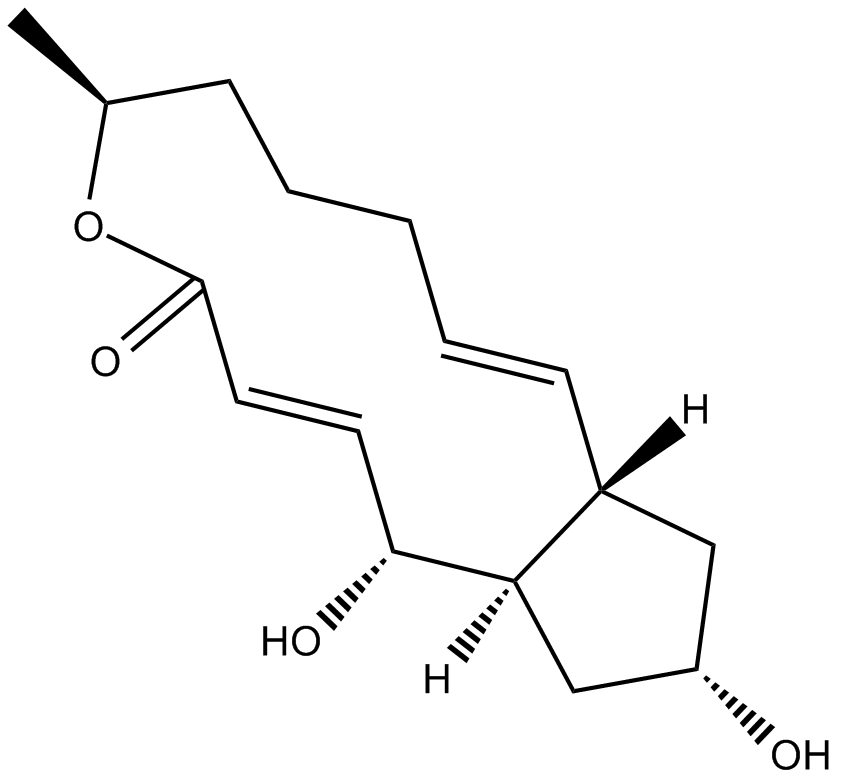 B1400 Brefeldin A4 CitationSummary: ATPase inhibitor
B1400 Brefeldin A4 CitationSummary: ATPase inhibitor -
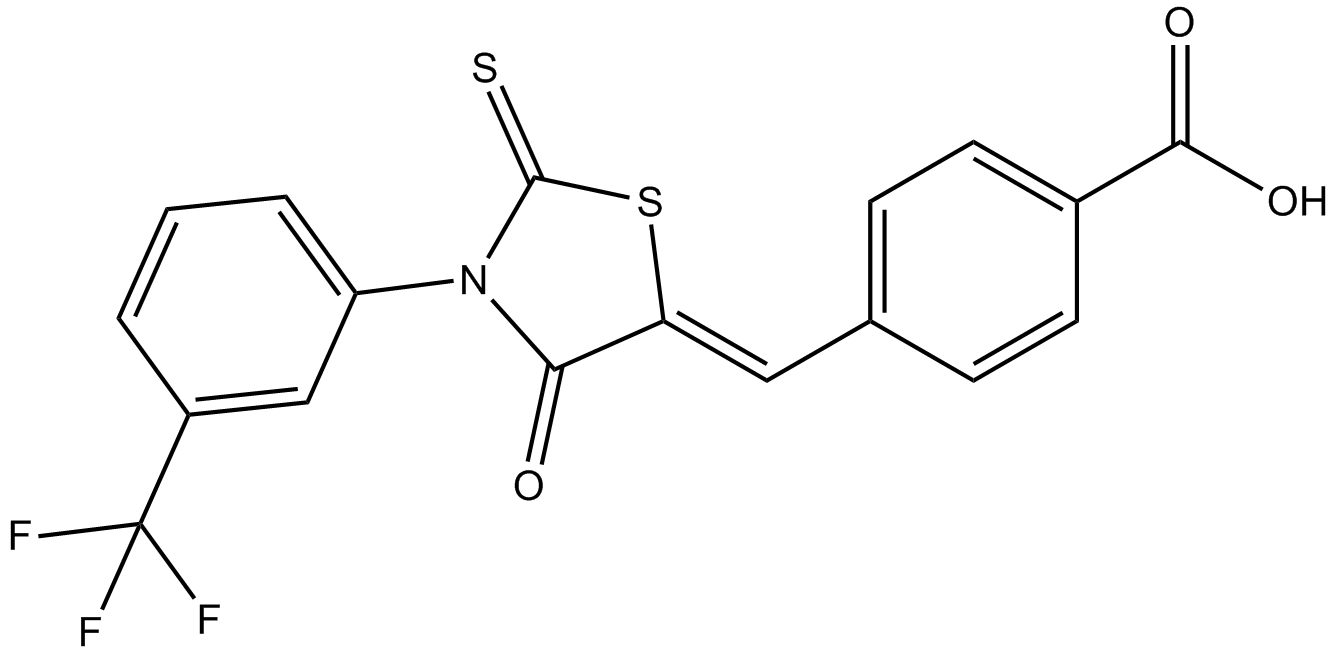 B1435 CFTRinh-172Summary: CFTR inhibitor, highly potent and selective
B1435 CFTRinh-172Summary: CFTR inhibitor, highly potent and selective -
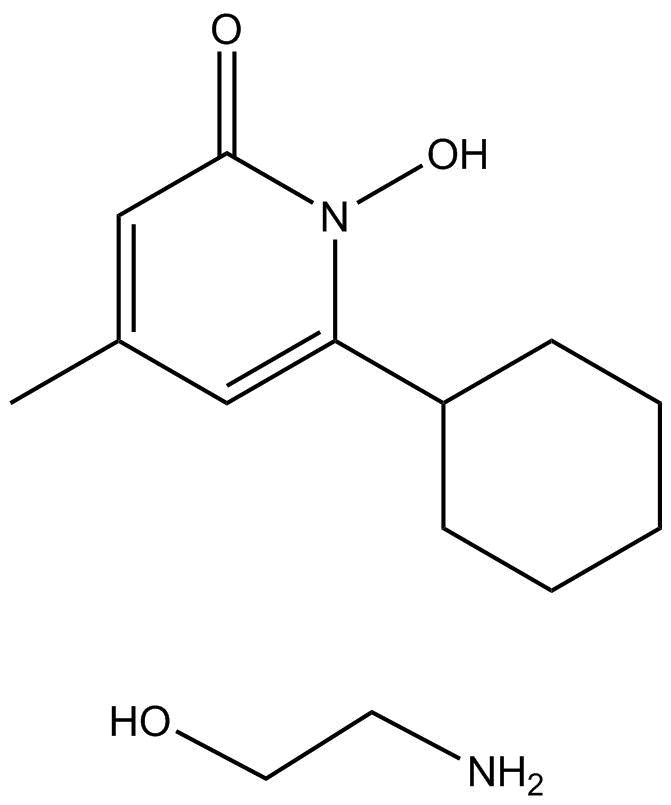 B1384 Ciclopirox ethanolamineSummary: iron chelator, broad-spectrum antifungal agent
B1384 Ciclopirox ethanolamineSummary: iron chelator, broad-spectrum antifungal agent -
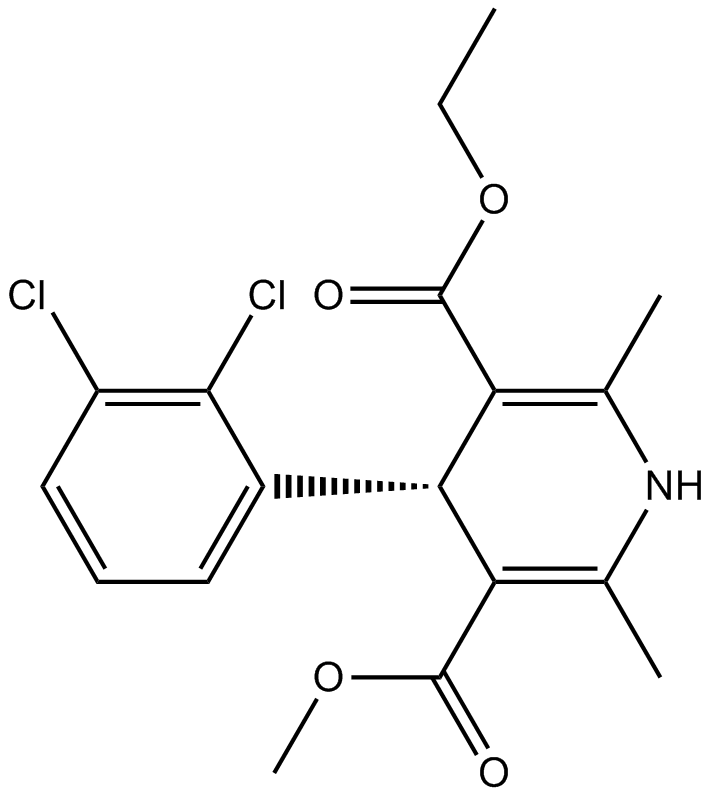 B1416 FelodipineSummary: Selective L-type Ca2+ channel blocker
B1416 FelodipineSummary: Selective L-type Ca2+ channel blocker -
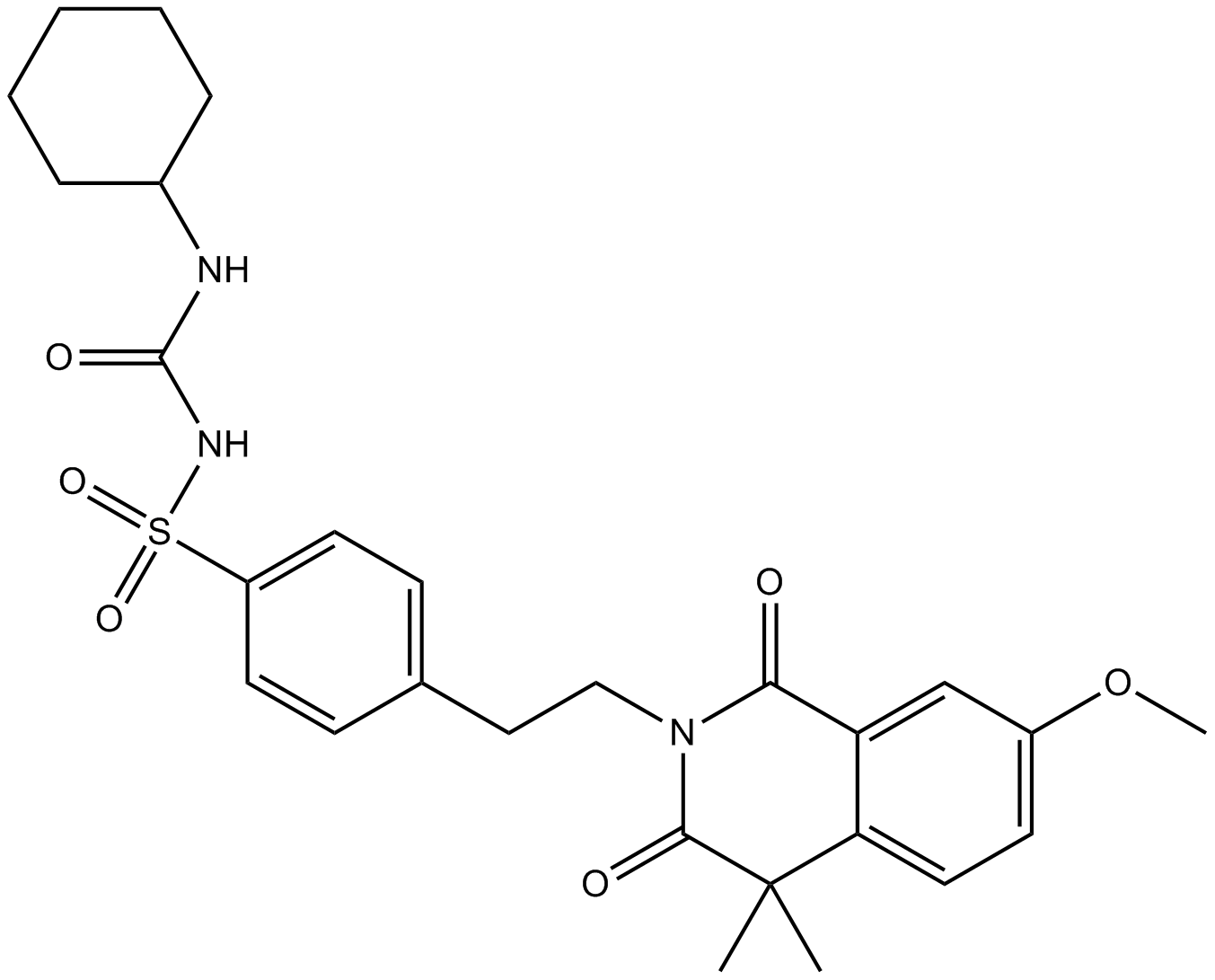 B2196 GliquidoneSummary: ATP-sensitive K+ channel antagonist
B2196 GliquidoneSummary: ATP-sensitive K+ channel antagonist -
 B1385 Golgicide ASummary: GBF1 inhibitor, potent, reversible and highly specific
B1385 Golgicide ASummary: GBF1 inhibitor, potent, reversible and highly specific -
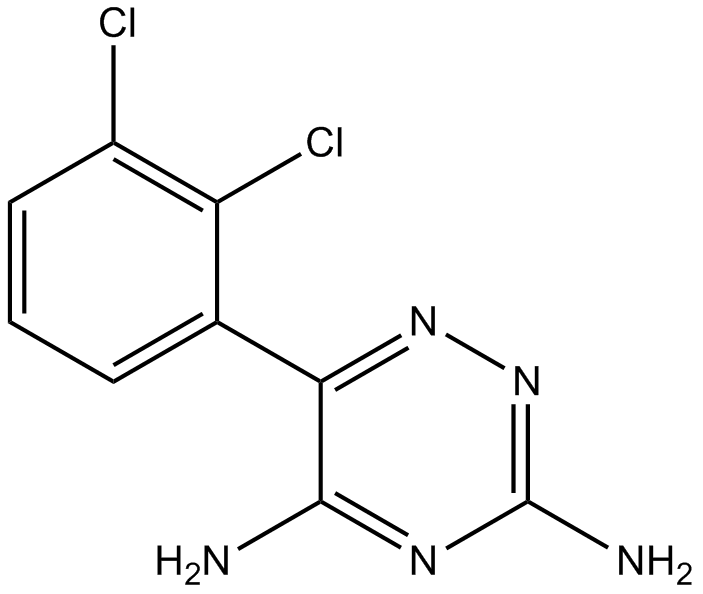 B2249 Lamotrigine1 CitationTarget: 5-HT receptors|sodium channelSummary: 5-HT inhibitor, sodium channel blocker
B2249 Lamotrigine1 CitationTarget: 5-HT receptors|sodium channelSummary: 5-HT inhibitor, sodium channel blocker

